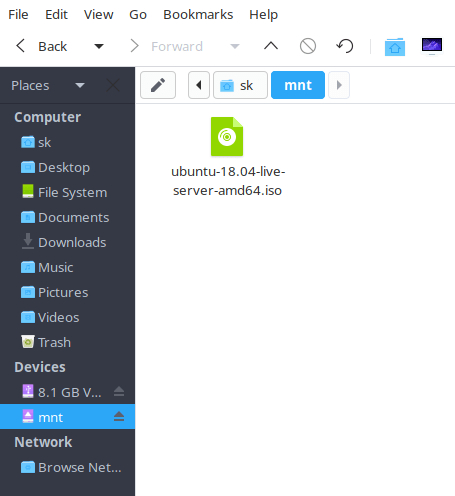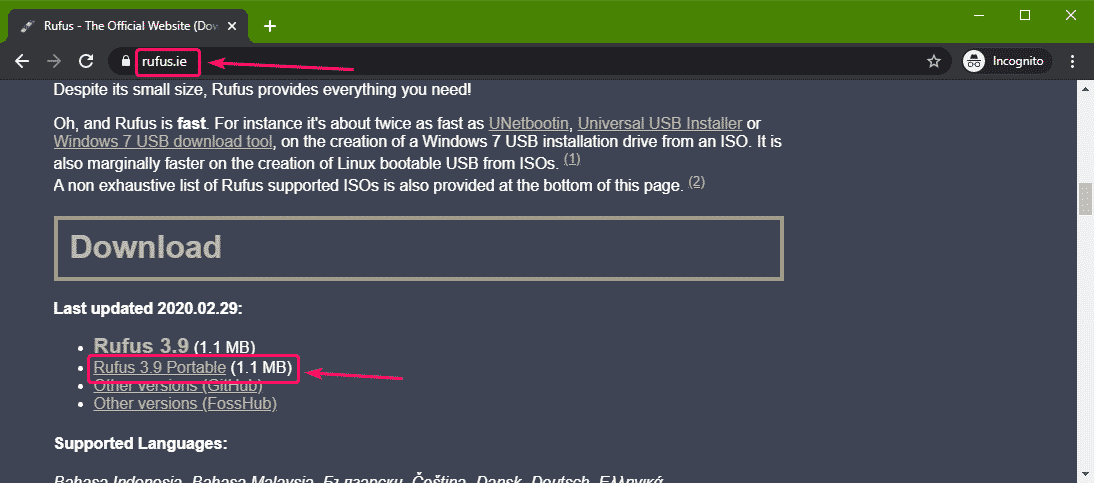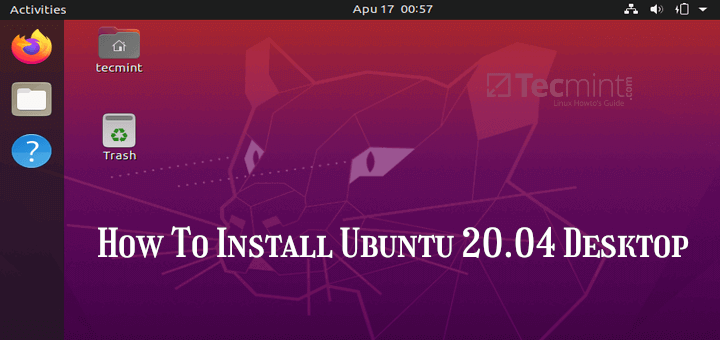

One that’s done, our next step is to figure out the drive name using the Linux fdisk -l command Once we have downloaded the correct disk image file, we will open the terminal and connect our USB drive.
#MOUNT UBUNTU ISO TO USB DOWNLOAD#
You can either directly download the file by clicking on the Download link on the page or use the wget command to get the file on your system. For this demonstration, we are using the Ubuntu 20.04 ( Codename Focal Fossa). Select the package which you wish to set up your bootable USB drive with. You can follow this link to reach the Ubuntu download page –

You can choose to download the ISO for another operating system that you want to write to USB. In my case, I’m downloading the Ubuntu ISO file for version 20.04. To create a bootable USB disk from the Ubuntu terminal, we need to download the ISO file first. If you’re working with any other ISO or operating system, the storage requirements will be different.
#MOUNT UBUNTU ISO TO USB MAC#
Now your flash drive is ready to boot on any Mac or EFI compatible PC.For Ubuntu, we need a USB disk that’s 8GB so we can have all the files. refind-install -usedefault /dev/diskXXX (replace XXX with appropriate name)

#MOUNT UBUNTU ISO TO USB INSTALL#

Step 2: Boot using live installation drive The Solution Step 1: Preparing live USB for installationĭownload your favourite Ubuntu flavor, Im using Ubuntu Mateīurn the iso to a USB drive(not on your installation flash drive) using UNetbootin This makes the flash drive only bootable on the mac it was made on.Ubuntu installer is buggy and always installs bootloader in EFI partition of internal HDD despite being instructed to install it on EFI partition of flash drive.Modern Macs boot using EFI and their bootloader expects boot partition to be HFS+ or APFS(High Sierra) not EXT4.Since I got it figured out I decided to write this post so that other people can benefit from it. After reading multiple sources I deduced what was the problem. I did a lot of googling but could’nt find anything that worked. It was later that I realised it wasn’t so straight forward mainly because of EFI boot and Mac ‘quirks’. It struck me that if I install Linux on my flash drive it would make my life a hell lot easier. I did have a USB 3.0 flash drive which had speeds comparable to some(not-so-fast) harddrives. I own a 128GB MacBook Air I could’nt install Linux on it as storage was tiny. I was recently using multiple machines for work (Lab machines, friend’s laptop, etc) and I needed Linux.


 0 kommentar(er)
0 kommentar(er)
